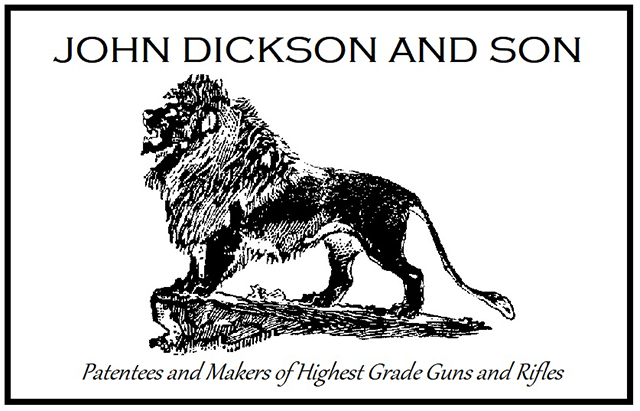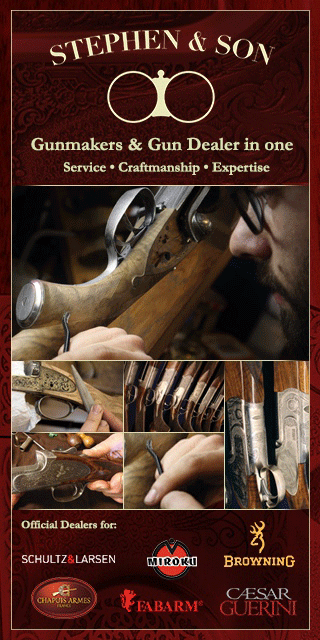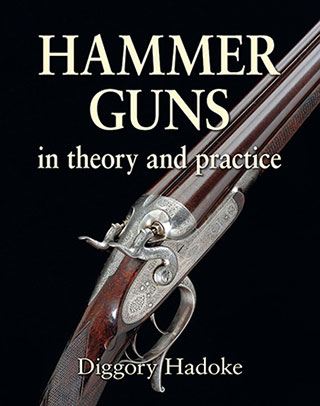A Comparative Analysis of Tungsten, Bismuth, and Steel Against Lead in Modern Game Shooting: Energy, Lethality, Cost, and Practical Considerations
For over a century, lead shot has been the benchmark in shotgun ammunition, prized for its density, malleability, affordability, and consistent lethality on game. Yet environmental and regulatory pressures—principally the toxic effects of spent lead on wetlands, waterfowl, and scavenging species—are driving a shift towards non-toxic alternatives. In the UK and Europe, bismuth and steel are the most widely adopted substitutes, while tungsten super shot (TSS) has gained popularity among waterfowlers and turkey hunters in the US for its unparalleled density and downrange performance.
This essay compares the performance of tungsten, bismuth, and steel against lead in the context of pheasant shooting at 30 yards, using the framework of pellet energy, pattern density, lethality criteria, and economic cost. It draws on published ballistic data, independent tests, and field experience to evaluate which materials provide the most practical and ethical solutions for different situations. While the focus is pheasants, many of the principles extend to partridge, ducks, and geese.
1. The Physics of Pellet Energy
1.1. Density and pellet mass
The primary determinant of pellet energy at range is density. The densities of the four materials are: - Lead (Pb): 11.34 g/cm3 - Bismuth (Bi alloy): 9.6–9.8 g/cm3 - Steel (soft iron): 7.85 g/cm3 - Tungsten Super Shot (TSS): ~18 g/cm3
Pellet mass for a given diameter scales with density. Thus, a No. 5 lead pellet (2.8 mm) weighs ~0.130 g, a bismuth pellet of the same size ~0.112 g, a steel pellet ~0.090 g, and a TSS pellet ~0.207 g. This variation means that while all four pellets may leave the muzzle at ~1300 fps (~396 m/s), their ballistic coefficients differ significantly: denser pellets lose velocity more slowly and retain higher downrange energy.
1.2. Energy at 30 yards
Using a standard drag model (Cd ≈ 0.47, sphere assumption), we can estimate downrange velocities and energies for No. 5 pellets (30 g payload): - Lead No. 5: ~273 m/s → 0.130 g → 11 J (8.1 ft·lbf) per pellet - Bismuth No. 5: ~257 m/s → 0.112 g → 9 J (6.6 ft·lbf) - Steel No. 5: ~231 m/s → 0.090 g → 6.6 J (4.9 ft·lbf) - TSS No. 5: ~318 m/s → 0.207 g → 14 J (10.4 ft·lbf)
On a per-pellet basis, the hierarchy at 30 yards is: TSS > Lead > Bismuth > Steel.
1.3. Total load energy
A 30 g (1 oz) load has differing pellet counts: - Lead No. 5: ~230 pellets - Bismuth No. 5: ~272 pellets - Steel No. 5: ~332 pellets - TSS No. 5: ~145 pellets (because each pellet is heavier)
Total kinetic energy at 30 yards: - Lead: ~1115 J (823 ft·lbf) - Bismuth: ~990 J (731 ft·lbf) - Steel: ~801 J (590 ft·lbf) - TSS: ~1470 J (1084 ft·lbf)
Here, TSS dominates despite lower pellet count; lead sits second, followed by bismuth and steel.
2. Lethality on Pheasants at 30 Yards
2.1. Criteria for lethality
Ballistic writers such as Gough Thomas, Tom Roster, and KPY Shotshell Ballistics agree on rough lethality thresholds for pheasant-sized game: - Per pellet: ~1.5 ft·lbf (2 J) minimum; 2–3 ft·lbf is better. - Hits in vitals: At least 3–4 pellets in the head/neck/forward chest area. - Pattern density: For a 30′′ circle, ~100+ effective strikes is desirable.
At 30 yards, all four materials meet the energy threshold easily; the main differentiator is pattern density and distribution.
2.2. Lead
Lead remains the gold standard: per-pellet energy ~11 J, ~230 pellets, malleable and forgiving patterns. Reliable and humane at 30 yards.
2.3. Bismuth
Per-pellet ~9 J, ~272 pellets, denser pattern than lead. Brittle but adequate alloy. Very effective, especially if stepped up to No. 4 for longer ranges.
2.4. Steel
Per-pellet ~6.6 J, ~332 pellets, excellent density but marginal penetration margin. Adequate at 30 yd, borderline at 40–45 yd.
2.5. Tungsten (TSS)
Per-pellet ~14 J, ~145 pellets. Extreme lethality but low pellet count risks sparse coverage. Overkill at 30 yd.
3. Cost Analysis
3.1. Component costs (reloading)
Approximate reload cost per cartridge: - Lead: ~£0.76 - Bismuth: ~£2.10 - Steel: ~£0.74 - TSS: ~£3.00+
3.2. Factory cartridge prices
- Lead: ~£0.36–0.48 per round - Bismuth: ~£1.36–1.80 per round - Steel: ~£0.32–0.44 per round - TSS: ~£6–10 per round
4. Other Practical Factors
- Barrel safety: Lead and bismuth safe in any nitro-proofed gun; steel requires steel-proof; TSS requires careful use with thick wads/open chokes. - Environmental: Lead toxic, bismuth/steel non-toxic, tungsten non-toxic but mining intensive. - Availability: Lead/bismuth/steel widely available, TSS niche.
5. Comparative Evaluation at 30 Yards
- Lead: Best balance, benchmark standard. - Bismuth: Closest substitute; slightly weaker penetration but denser pattern. - Steel: Adequate at short ranges, marginal for larger pheasants at distance. - TSS: Superior energetics but excessive cost and unnecessary for pheasants.
6. Beyond 30 Yards
- Lead: Ethical lethality to ~40–45 yd. - Bismuth: Comparable, with larger shot size helpful. - Steel: Requires larger shot, then risks sparse pattern. - TSS: Effective beyond 60 yd; better for geese/turkey.
7. Economic and Ethical Balance
Ethical shooting requires consistent lethality. Lead is cheap but unsustainable. Bismuth is expensive but closest to lead behaviour. Steel is cheap but limited. TSS is unmatched but impractical.
Conclusion
At 30 yards on pheasants, all four materials can kill cleanly if patterned well. Lead is best overall, but declining due to environment. Bismuth is the closest substitute, especially for heritage guns. Steel is cheap but marginal. TSS is supreme in ballistics but overkill.
References- Sporting Gun (2022). "How does bismuth compare to lead?" Field pattern tests with Gamebore bismuth. - BASC (2021). "Guide to sustainable shotgun ammunition." - Gough Thomas. Shotgun Ballistics. - KPY Shotshell Ballistics program. - Roster, T. (1997–2015). USFWS Nontoxic Shot Lethality Studies. - Manufacturer data sheets: Eley, Gamebore, Hull Cartridge, Lyalvale Express.
Published by Vintage Guns Ltd on



